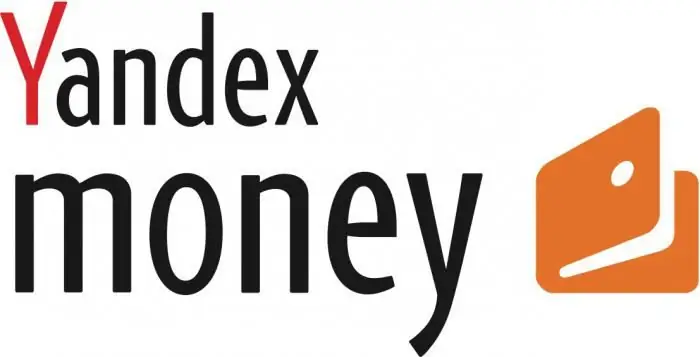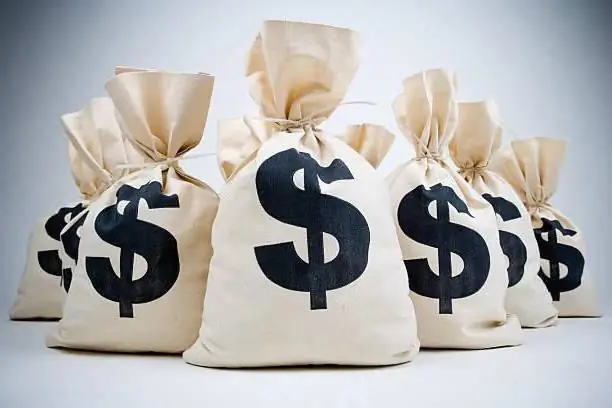2026 Author: Howard Calhoun | [email protected]. Last modified: 2025-01-24 13:10:35
Uzbek money is called somy. This currency has been used on the territory of Uzbekistan since 1993.
A Brief History
Initially, sum-coupons were introduced in the country as an alternative means of payment. The key purpose of introducing these coupons was to stabilize the financial situation in the country and get rid of the oversaturation of the territory of sovereign Uzbekistan with Russian rubles.

The modern Uzbek sum was introduced in 1994. It is still in circulation on the territory of the republic. To date, all banknotes introduced in the 90s are the official means of payment. The only exceptions are coupons from 1992, which are no longer used.
Description: coins and banknotes
On the international financial market, the Uzbek currency sum is designated as UZS. It is not running in other countries. One Uzbek sum consists of one hundred tiyins. There are paper banknotes in circulation, the denominations of which are one, three, five, ten, twenty-five, fifty, one hundred, two hundred, five hundred and one thousand soums. Metal coins are also used in denominations of one, three, five, ten, twenty and fifty tiyins. It should be noted that both paper bills and metal coins of small denominations are used inreality is extremely rare.

Uzbek small change is called tiyin. This name comes from an old Turkic word, which translates as "squirrel". The fact is that in the Middle Ages on the territory of Central Asia, squirrel skin was used as a small bargaining currency.
Coins from one to five tiyins are made from an alloy of bronze and steel, while coins of higher denominations are minted from an alloy of nickel and steel. In addition, coins in denominations of one, five and ten soums are used in Uzbekistan. There are also copies of 50 and 100 soums. Sometimes the Central Bank issues Uzbek commemorative money.
On the front side of the paper banknotes of the 1992 sample, there was an image of the state emblem of the country. The reverse side depicts a cult religious and cultural building of Uzbekistan - the Sherdor Madrasah, located on the Registan Square in Samarkand. In 1994, this Uzbek money was withdrawn from circulation.

Since 1994, banknotes of a new type began to be printed, on the front side of which the denomination is depicted, the state emblem of the republic, on which the legendary Humo bird, and above it the rising sun. Also on the front side there is the name of the bank that issued the banknotes, the denomination and the year of printing. On the reverse side, various architectural monuments of Uzbekistan are depicted. On each bill you can see a certain architectural heritage of the country. Here is the mausoleum of Chashma-Ayub, and the mausoleum of the Timurids, and the PalaceIndependence and more.
Uzbek money. Exchange operations: rate
In Uzbekistan, you can easily exchange Russian rubles for local currency, and often the exchange rate is much more favorable than in Russia. Therefore, a Russian tourist should not worry about it. By the way, on the territory of the country, the Russian currency is much more popular than the US dollar or the euro. Exchange operations with the dollar and the euro can also be carried out without much difficulty. The Chinese Yuan currency is widespread, which can also be exchanged at many banks and exchange offices.

Uzbek money is very cheap and unstable. This is due to serious economic problems within the country, mass poverty and a weak geopolitical position on the world stage. The exchange rate of the soum for 2017 is approximately 0.015 Russian rubles, that is, one ruble in Uzbek soums will cost about sixty-six. For $1 you will get about 3 800 UZS.
Conclusion
Due to the too low cost of the national currency in Uzbekistan, foreign currencies are highly valued, Russian rubles, Chinese yuan, US dollars and euros are in the greatest demand. Many Uzbeks who work in Russia, Kazakhstan or China deliberately send money transfers back home in rubles or yuan to keep the money safe. In addition, there is a chance to earn some money on the exchange rate.
Uzbekistan is an interesting, beautiful country, but due to poverty and poorly developed infrastructure, few foreign tourists come here. Many residentscountries go abroad to work. The national currency does not inspire confidence among the citizens of Uzbekistan.
Recommended:
History of money. Money: history of origin

Money is the universal equivalent of the value of goods and services, which is part of the financial system of each country. Before adopting a modern look, they went through a centuries-old evolution. In this review, you will learn about the history of the first money, what stages it went through and how it changed over time
The currency of the DPRK. Brief history, description and course

The article is devoted to the North Korean currency and contains a description of banknotes, a brief history of the currency and the exchange rate
Course "Money serials": reviews and the essence of the project

Money, money, money. Everywhere we hear this boring, but at the same time beautiful word. Papers printed in the mint filled everything around. Unfortunately, they are not always enough for a full existence. Maria Voronina found a way out that allowed her to become a happy, successful and rich woman. She shared her experience with all people by creating the Money Series project. Reviews about him are very different. What is the essence of the project?
The EU currency is the euro. Course history. Introduction of the currency

The EU currency is the euro. The introduction of the monetary unit. Initial quotes of the new currency and existing national symbols of the EU countries
American dollar. Course history

American dollar. Course history. Dollar quotes against the ruble in different historical eras

